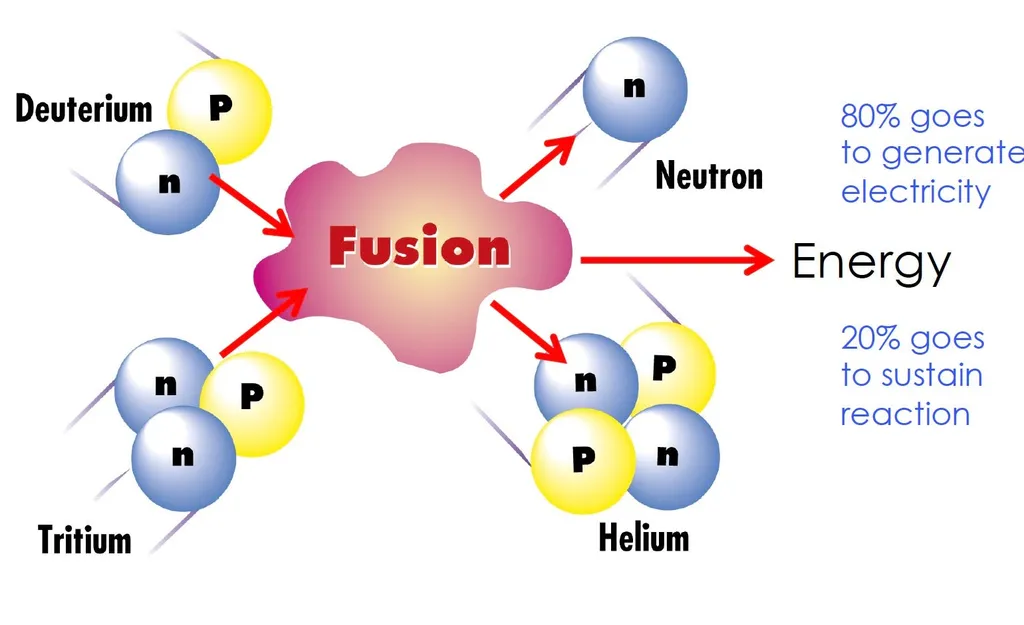In a significant stride toward advancing fusion energy technology, researchers have successfully demonstrated real-time control of the electron temperature profile in a tokamak reactor, a critical step for future fusion power plants. The experiment, conducted on the DIII-D tokamak in San Diego, was led by Dr. S. Morosohk of the Oak Ridge Associated Universities. The findings, published in the journal “Nuclear Fusion” (which translates to “Fusion Nucleaire” in English), could pave the way for more stable and efficient operation of fusion reactors, bringing us closer to a future powered by clean, limitless energy.
Fusion energy, the same process that powers the sun, promises a nearly inexhaustible source of energy with minimal environmental impact. However, harnessing this power on Earth requires precise control of the plasma, a superheated state of matter where electrons and nuclei are separated. One of the key challenges is maintaining a stable plasma scenario for extended periods, which necessitates real-time feedback control.
Dr. Morosohk and his team tackled this challenge by developing a feedback controller for the electron temperature (T_e) profile. This controller relies on an observer algorithm that combines diagnostic data with a predictive model of the electron temperature profile evolution. The predictive model incorporates neural network surrogate models, which are simplified representations of complex physical processes.
To support the experiment, the team integrated the neural network surrogates into the real-time Plasma Control System (PCS) for DIII-D. They also added an observer algorithm for the T_e profile, connected to the Thomson scattering system, which provides real-time measurements of the plasma’s electron temperature.
When tested, the observer algorithm proved its mettle, producing T_e profiles that were consistent with the shape of the Thomson scattering data while effectively filtering out much of the noise. The controller itself was then tested in real time, demonstrating its ability to track the electron temperature target across the spatial profile.
“This experiment shows that we can maintain a stable plasma scenario for extended periods by reacting to changes in the plasma state and adjusting the control inputs accordingly,” said Dr. Morosohk. “This is a crucial step towards achieving the long-term operation of future tokamak reactors.”
The implications of this research are profound for the energy sector. Stable, real-time control of the electron temperature profile could lead to more efficient and reliable operation of fusion reactors, making fusion energy a more viable option for commercial power generation. This could accelerate the development of fusion power plants, bringing us closer to a future where clean, abundant energy is a reality.
Moreover, the successful integration of neural network surrogate models into the real-time PCS opens up new possibilities for the use of machine learning and artificial intelligence in fusion energy research. As Dr. Morosohk noted, “This work demonstrates the potential of machine learning techniques to enhance our ability to control and predict the behavior of complex plasma systems.”
The research conducted by Dr. Morosohk and his team represents a significant milestone in the pursuit of fusion energy. By demonstrating real-time control of the electron temperature profile, they have taken us one step closer to a future powered by clean, limitless energy. As the world grapples with the challenges of climate change and energy security, the promise of fusion energy has never been more compelling. This research brings that promise one step closer to reality, offering a beacon of hope for a sustainable energy future.

